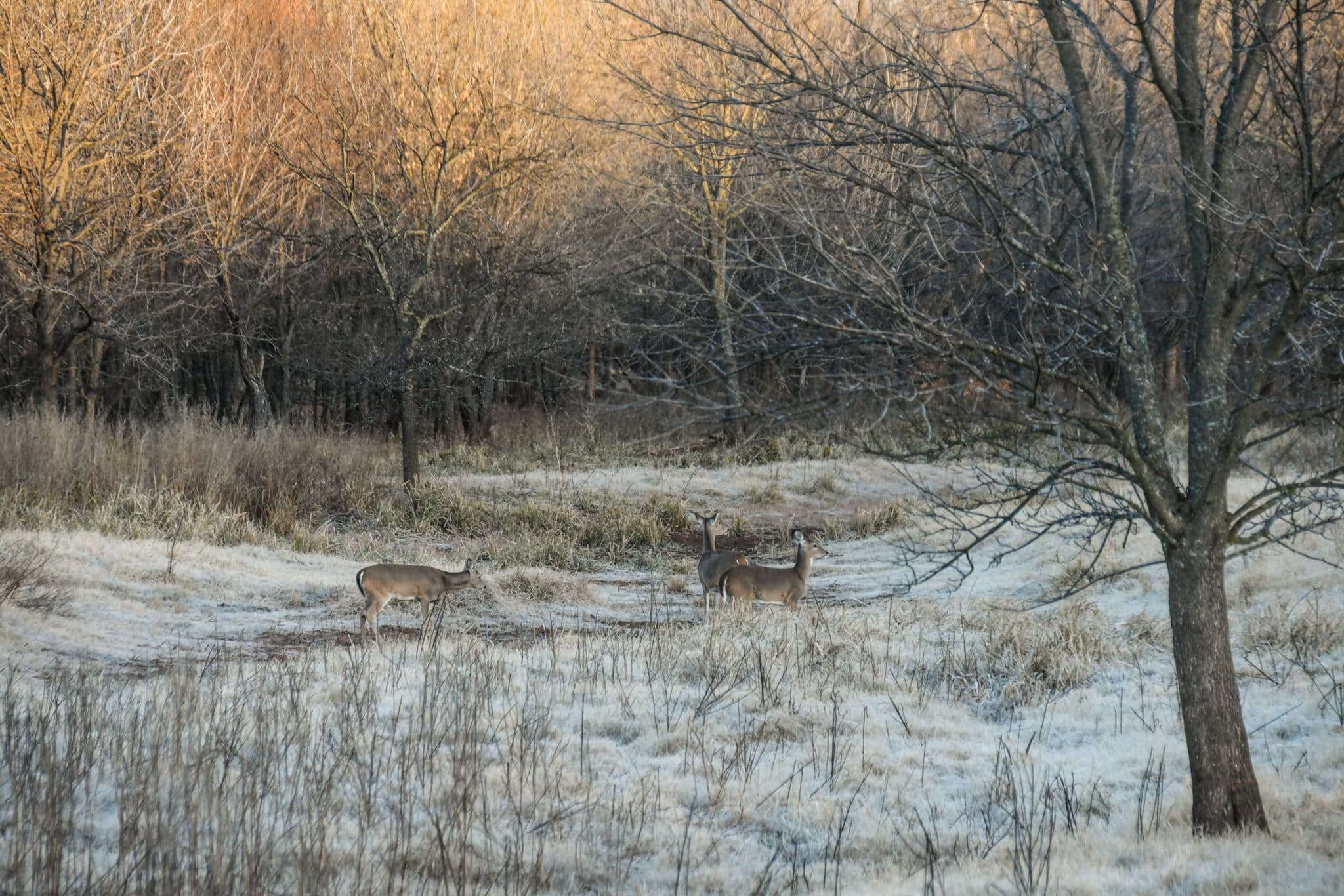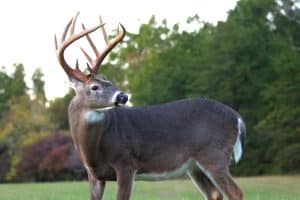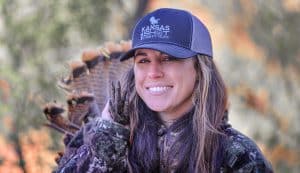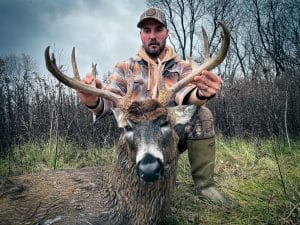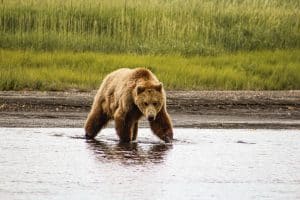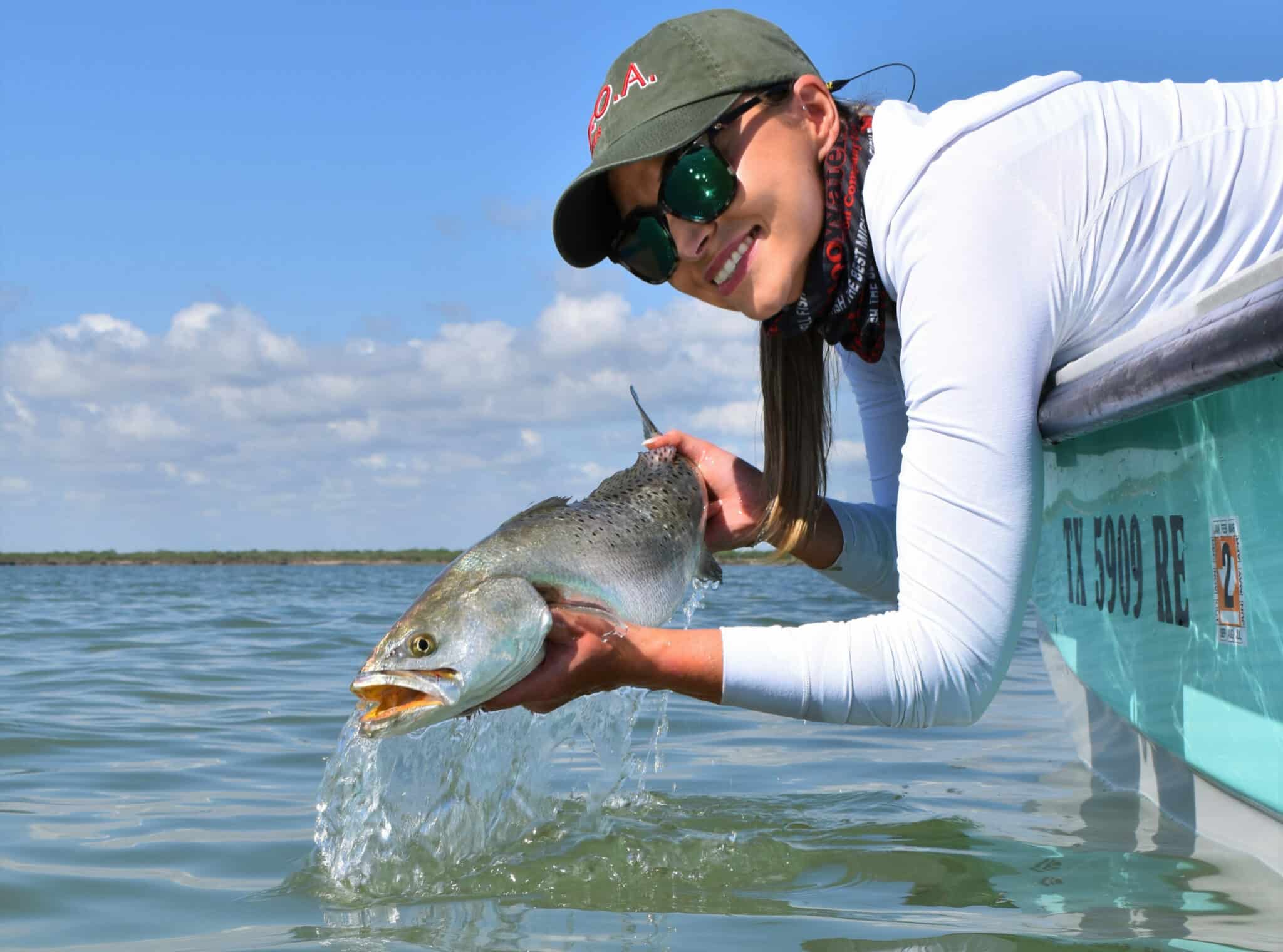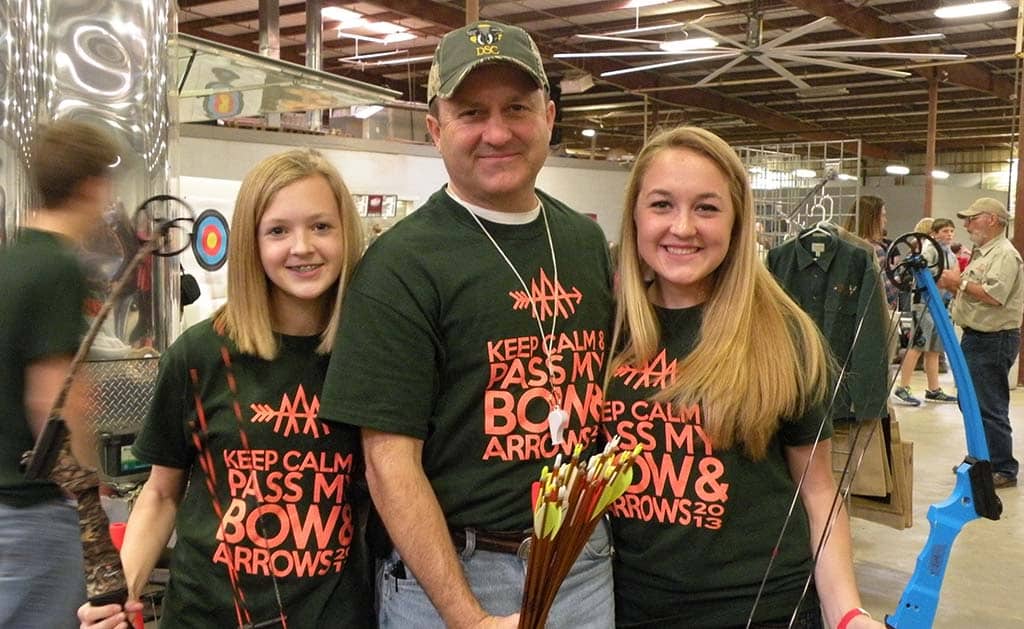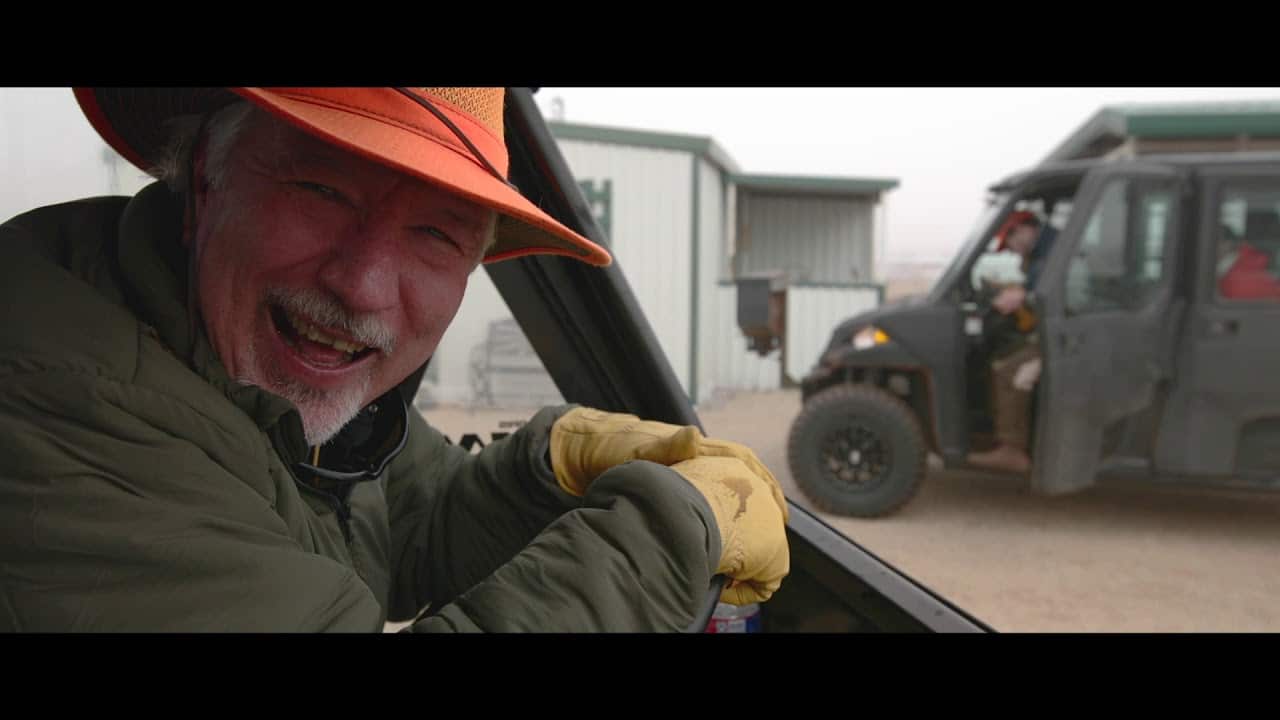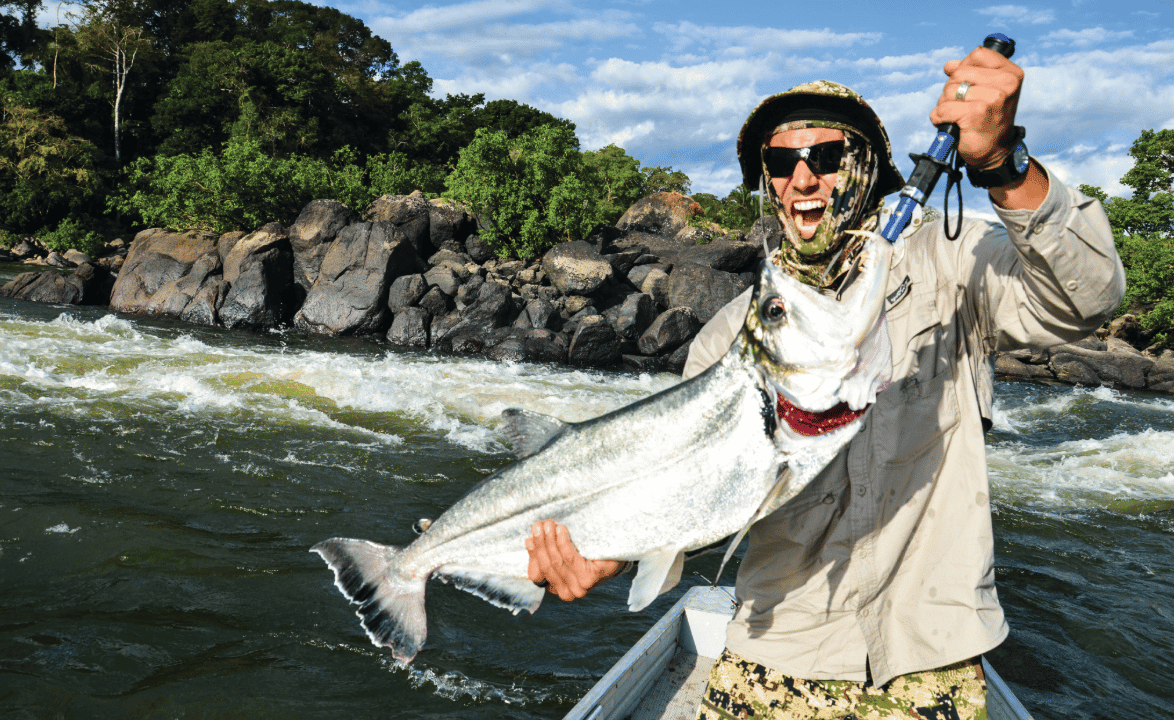
Winter in Yellowstone National Park means snow piling high and temperatures plunging low. Most of the interior roads are closed, but the North Entrance near Gardner, Montana, is open. It leads to park headquarters and beyond. It’s the beyond that visitors want. Odds of seeing a wolf are better in winter, so tourists stalk the north end hoping for a sighting. In the park, most people want the same thing. Wolves. Out of the park, the wants are never the same. That’s why reintroduction of wolves is such a hot button issue in the West.
“It was a good idea,” says Carter Niemeyer, retired U.S. Fish and Wildlife Service (USFWS) wildlife biologist. “I think things have just gone off the rails since.”
Niemeyer knows off the rails better than anyone when it comes to wolves. His life’s work is reintroduction of the predator. Gray wolves have the advantage in Yellowstone because there are no hunters in the park, no ranchers either. But wolves don’t stay in the park, and they don’t have the same advantage outside of it.
“People say to me, ‘So you’re the S.O.B. who brought those things here,’” Niemeyer says. “I remind them I only caught them. Someone else turned them loose.”
Listed
Niemeyer dropped into Canada by chopper in 1995. As part of a heli-capture team, he sedated wolves bound for the United States. Back in his home country, some people waited for his delivery with open arms. Others, with firearms. Niemeyer’s efforts started the reintroduction of wolves in the Greater Yellowstone Ecosystem, which includes two national parks, Yellowstone and Grand Teton, and three states: Idaho, Wyoming, and Montana. Open arms were in Yellowstone. Not-so-open arms were outside the parks in the states.
“There were times I wanted to throw up my hands in disgust and go home. Things were so chaotic at first, but there was just this determination we’re going to get this done,” Niemeyer says. “The government wanted a certain number of wolves captured for reintroduction, and that’s what I did.”

Niemeyer worked for USFWS for 33 years until he retired in 2006. Before that, he hunted and trapped his way through college in Iowa. He started trapping when he was nine, and he still puts an Idaho elk in his freezer every two years. His skills and his schooling landed him a job as the first wolf management specialist in the Northern Rocky Mountains region, a region that wiped out wolves in the last century and faces a possible repeat in this century.
“I fully expected states to take over when delisting goals were met,” he says. “No doubt there would be hunting and trapping seasons, but what I’m seeing now is game management reaching a level of retribution that I find reprehensible.”
Niemeyer is referring to the pissing match between Western states and the feds that goes back to the first package delivered to the United States, those wolves Niemeyer caught. They were sorted for two locations. Wolves accustomed to eating elk in Canada moved to Yellowstone where they continue to eat elk today. Wolves from the same region preying on the same wildlife also moved to central Idaho wilderness where they continue to eat wildlife while adding livestock to their menu.
What Niemeyer started, worked. Those 66 wolves shipped from Canada to America exceeded the 300- wolf recovery goal by 2002, and they’ve exceeded that goal regionwide every year since. Gray wolves protected by the Endangered Species Act since 1974 were delisted in Idaho and Montana in 2011 and in Wyoming in 2017.
Delisted
When an animal loses list status, it also loses federal protection. Management is turned over to the states. In the case of wolves, the feds handed over management of a wild animal to three states that didn’t embrace the animal’s arrival in the first place. Hunts opened on the heels of delisting. Trapping too. Wildlife and livestock took significant hits. From wolves? Definitely. Only from wolves? Definitely not.

In 2020, Montana compensated livestock owners $75,818.75 for losses (dead cows, sheep, llamas, and dogs) caused by wolves. In the same year, the state also paid livestock owners $97,526.97 for losses caused by grizzly bears and $14,192.20 for losses caused by mountain lions.
Ranchers protect their interests however they can. That’s why many legislative seats in Western states have ranchers and farmers sitting in them, Idaho included. Idaho Department of Fish and Game’s budget comes from fees paid by sportsmen and women so the department isn’t funded by the Idaho legislature, but it is dictated by it and dictate it did in 2021.
“The legislature decided to let people do what they want on private land,” says Jim White, Idaho Department of Fish and Game Upper Snake Regional Supervisor. “It’s pretty wide open. Hunt year round day or night.”
Wide open extends to public land where ranchers have grazing allotments and a history of livestock losses due to wolves, which is one criteria for obtaining a permit. The new rules also allow for night lighting, aerial shooting, more trapping, and higher bag limits. From 10 each for hunt and trap to 15 each, and there’s no cap on the number of permits the department issues.
“Our goal is not to decimate the wolf population, but there are areas where wolves are really causing havoc with livestock operations,” White says. “There are also areas where they’re not allowing elk populations to recover. We want to have wolves on our landscape on a management level and not lose management authority. If we shoot too many wolves we lose all control.”

How many is too many depends on the number of animals society will tolerate sharing the landscape. Wyoming had 327 wolves in 2020. Minor concern. Montana had 1,150. Bigger concern. Idaho had 1,556. Major concern. For states increasing hunts, wolves have surpassed the too-many threshold, and they’ve surpassed it for too many years.
Relisted
The current lawsuits calling for revived federal protection of wolves aren’t the first. Wolves in the Rockies were delisted in 2008, hunted in 2009, relisted in 2010, and delisted again in 2011. Hunts have happened annually since then but with harvest opportunity expanded even more in 2021, wolves are on relist radar again.
Hunters harvested 350 wolves in Idaho in 2020. Another 93 died for depredating domestic beasts like cattle. The harvest stats for 2021-2022 don’t show a significant increase in wolves killed so far, but winter isn’t over yet.
“Wolves simply can’t afford to be exposed to months of cruel and wanton slaughter while the Service completes its review,” says Nicholas Arrivo, Humane Society of the United States managing attorney for wildlife, in a September 2021 press release. “Without an emergency listing now, there may not be much of a population left to protect when the process is complete.”
Several conservation organizations predict the new rules will eliminate 85 percent of the wolves in Montana and 90 percent in Idaho. They’re asking USFWS to reinstate protections provided by the Endangered Species Act by putting wolves back on the list. Several tribes agree. In a September 2021 letter addressed to U.S. Secretary of the Interior Deb Haaland the tribes state, “As a sacred creature, the wolf is an integral part of the land-based identity that shapes our communities, beliefs, customs, and traditions.”

Each state must maintain 15 breeding pairs and 150 wolves with a minor adjustment for Wyoming. Wyoming hosts 10 and 100 with Yellowstone hosting 5 and 50. All three states are well above minimum. Despite that, USFWS is reviewing the new harvest methods. Its decision is due mid-2022. Nearly a year of ‘wide open’ hunting and trapping will happen before the possibility of relisting is decided.
Gray wolves aren’t the first animal to toggle in and out of endangered species protection. Grizzlies bears, listed in 1975, left the list in 2017 only to be relisted before hunts started in 2019. However, bald eagles, another endangered species success story, don’t toggle. That’s because they’re not hunted. Bald eagles left the list 2007, but they’re still federally protected by the Eagle Protection Act, Migratory Bird Treaty Act, and Lacey Act.
Regardless of protection status, no state wants to screw up with a once federally managed species. If states decimate, they won’t like what happens next. When a delisted species is relisted, the federal government takes back control.
“We would like to reduce the population,” White says. “But we don’t want to reduce wolves so far that we lose state authority.”
As for Niemeyer, the guy who caught wolves in Canada for release in the U.S., the current situation stinks of desperate revenge. While tourists watch wolves during Yellowstone’s snow season, surrounding states do more than watch. And Niemeyer, the guy who hunted and trapped his whole life, the guy who collared and killed hundreds of wolves during his career, has no interest in playing witness to history repeating itself.
“It’s a step clear back to pioneer days when wolves were eradicated,” Niemeyer says. “It’s foolishness, and it’s symbolic of payback. You couldn’t pay me any amount of money to kill a wolf now. The only shots I want to take at wolves are with my cameras.”
For more on Yellowstone, click here.







